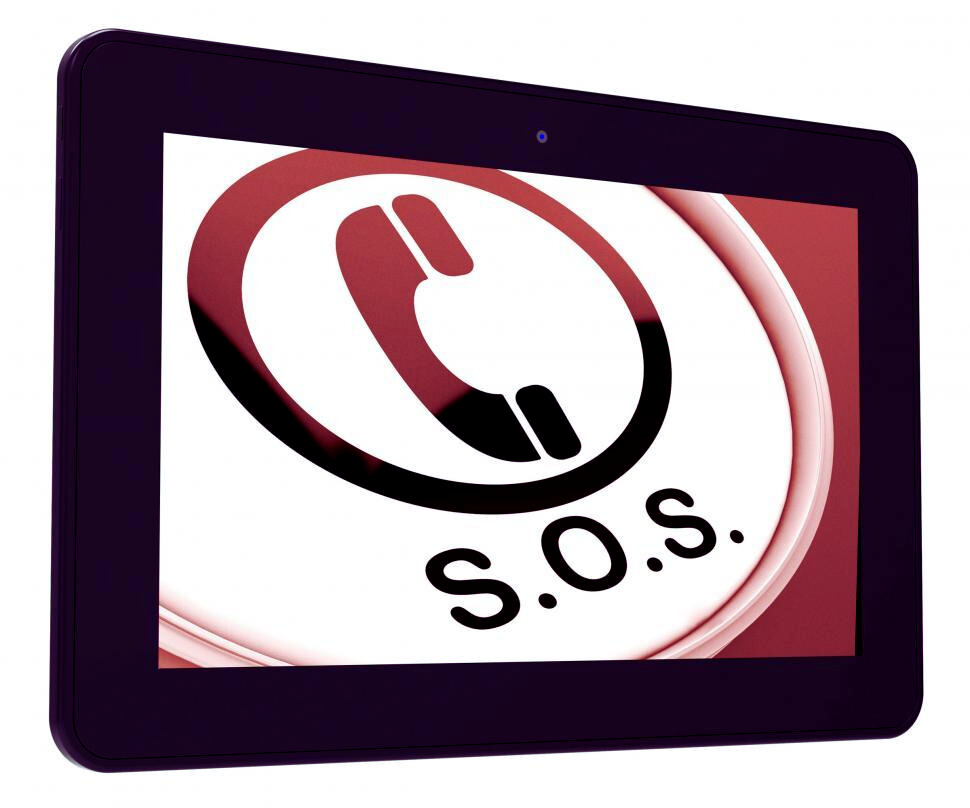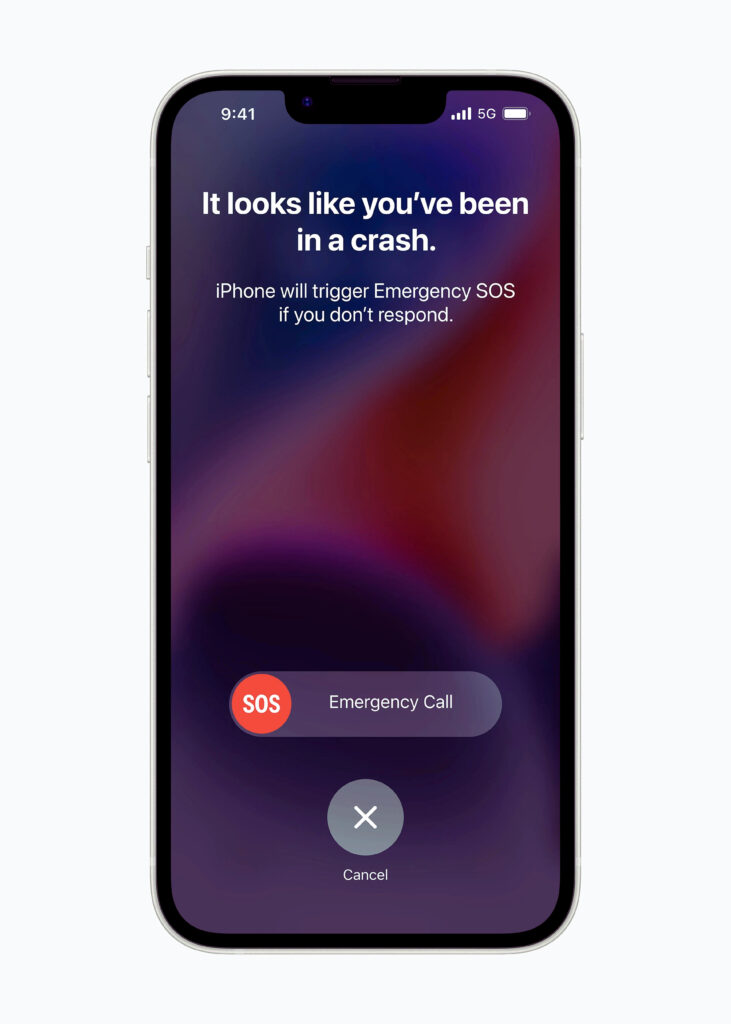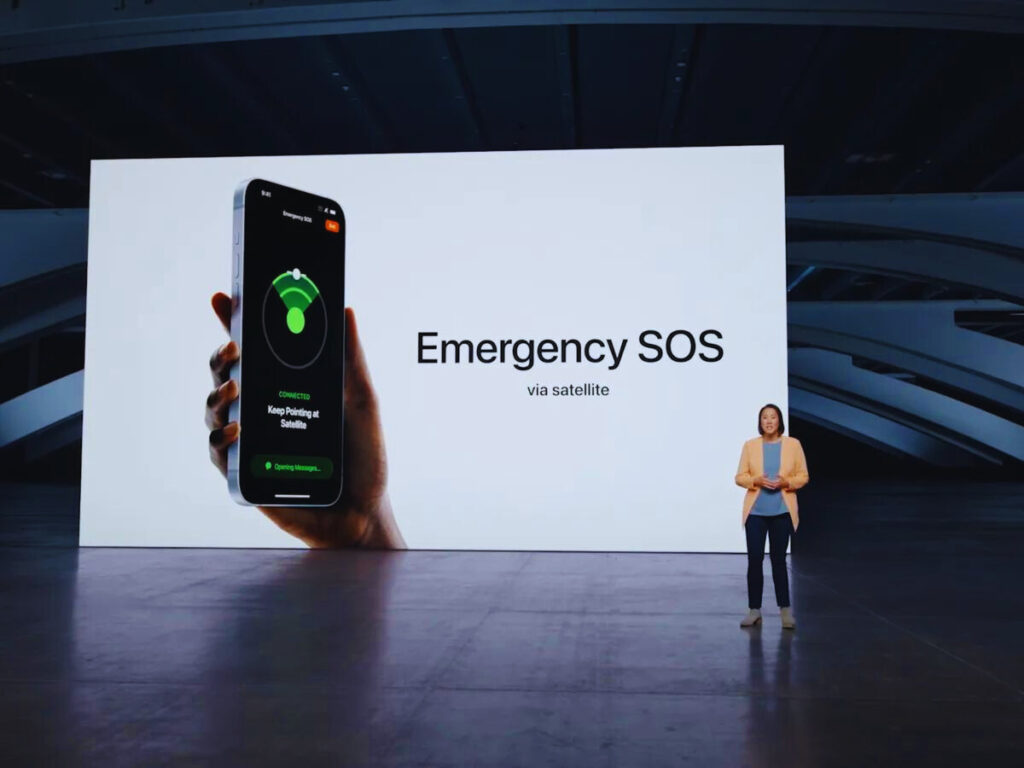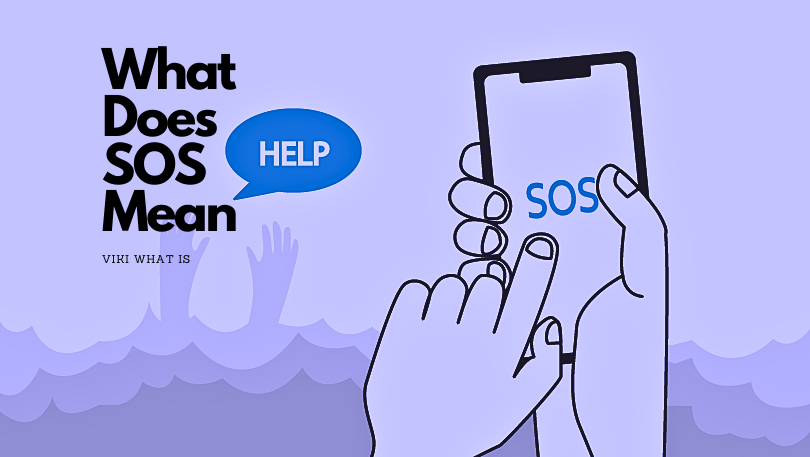Introduction
In the realm of communication, certain codes transcend language barriers. “SOS” is one such universal distress signal, recognized worldwide. But what does SOS mean? Beyond its surface, this article delves into the depths of this signal, exploring its origins, historical significance, and widespread usage today.
What Does SOS Mean?

SOS, a Morse code sequence, stands for “Save Our Souls” or “Save Our Ship.” It was introduced by the German government in radio regulations effective April 1, 1905, and later became the worldwide standard under the second International Radiotelegraphic Convention, which was signed in 1906 and became effective on July 1, 1908. The signal’s simplicity and ease of recognition have contributed to its endurance throughout the years.
SOS in Maritime Communication: A Universal Cry for Help

In the vast expanse of the world’s oceans, where ships and sailors navigate treacherous waters, a universal language emerges in times of dire need: SOS. This simple yet powerful combination of three short signals, three long signals, and three short signals again transcends linguistic barriers and serves as the international maritime distress signal. Let’s delve into the significance of SOS in maritime communication and understand how this code has become a lifeline for sailors worldwide.
The Origin of SOS

The distinctive pattern of dots and dashes was chosen due to its easy recognition and distinct sound on telegraph machines. Over time, SOS became synonymous with distress at sea, embodying the urgency of a life-threatening situation.
The beauty of SOS lies in its universality. Sailors from different countries and cultures recognize this signal, understanding its gravity and the need for immediate action. Whether in the icy waters of the Arctic or the tropical seas of the Pacific, SOS remains a constant, uniting seafarers under a common understanding of distress. Its international acceptance has saved countless lives, making it an invaluable asset in maritime safety protocols.
SOS: A Call for Urgent Assistance

In the realm of maritime communication, SOS serves as a cry for help. When a ship is facing imminent danger—be it due to storms, collisions, or other emergencies—crew members transmit the SOS signal using radio, flags, or sound-producing devices. This call for urgent assistance alerts nearby vessels and coastal authorities, triggering immediate response efforts. The simplicity of SOS ensures that it can be understood by anyone, regardless of their native language, fostering quick and effective communication in times of crisis.
Adapting to the Digital Age

In the modern age of technology, SOS has seamlessly transitioned into digital platforms. While traditional methods like radio communication and signal flags persist, SOS now finds its place in text messages, emails, and social media. The digital adaptation ensures that even in the virtual realm, SOS retains its significance as a call for help, allowing sailors to seek assistance promptly and efficiently.
Symbolizing Distress and Overwhelm

In everyday conversations, SOS serves as a symbolic representation of distress and overwhelm. When individuals find themselves in challenging situations—whether it be personal, professional, or emotional—they might use SOS to express their need for support. It encapsulates the feeling of being in a tight spot and urgently requiring assistance, emphasizing the gravity of the circumstance at hand.
A Call for Support in Difficult Times
People often use SOS to reach out to others during tough times. It signifies a willingness to be vulnerable, acknowledging that one cannot handle everything alone. In this context, SOS embodies the courage to ask for help, fostering connections and community support. It showcases the human inclination to come together in times of need, providing solace and aid to those facing adversity.
Navigating Stressful Situations
In the modern, fast-paced world, stress and pressure have become commonplace. During moments of heightened stress, individuals might playfully use SOS to describe their state of mind. While lighthearted, this usage underscores the idea of feeling overwhelmed, allowing people to communicate their emotions with brevity and humor. SOS, in these instances, acts as a relatable shorthand for the complexity of human emotions.
SOS: A Metaphor for Urgency
Furthermore, SOS is often employed to emphasize urgency in various contexts. Whether it’s a project deadline, a pending task, or a critical situation, individuals use SOS to underscore the need for immediate attention. This metaphorical usage highlights the sense of immediacy, urging others to act swiftly and decisively.
SOS in Pop Culture: The Symbolic Resonance of a Universal Cry for Help

In the vast tapestry of pop culture, where symbols and references often carry deep meanings, SOS has emerged as a powerful and universal motif. Far beyond its maritime origins, this iconic distress signal has woven itself into movies, songs, literature, and art, becoming a metaphorical representation of desperation, rescue, and hope.
SOS in Movies and Television

Filmmakers and scriptwriters often use SOS to heighten tension and drama in movies and television shows. Whether it’s a character stranded on a deserted island, a spaceship drifting in space, or a submarine submerged deep below, the echoing sound of SOS resonates with audiences, symbolizing the character’s plea for salvation. This subtle yet impactful usage of SOS enhances storytelling, invoking empathy and suspense among viewers.
The Evolution of SOS in the Digital Age: From Maritime Signals to Online Urgency
In the digital age, where information travels at the speed of light and communication knows no boundaries, the iconic SOS signal has seamlessly transitioned into the virtual realm. While its origins lie in maritime communication, SOS has evolved to become a symbol of online urgency, conveying the same sense of immediate help, albeit through digital platforms.
SOS in Text Messages and Social Media

With the prevalence of smartphones and instant messaging apps, SOS has found a new home in text messages and social media posts. People use SOS to emphasize the urgency of a situation, whether it’s a time-sensitive matter or a critical request for assistance. The simplicity of the signal makes it perfect for conveying the need for immediate attention, fostering quick and effective communication in the digital sphere.
SOS in Emails and Online Chat

In professional settings, SOS has made its way into email subject lines and online chat conversations. When faced with pressing issues that require swift resolution, individuals use SOS to flag the message as urgent. This digital adaptation retains the gravity of the maritime distress signal, ensuring that the sense of urgency translates seamlessly into the digital workspace. Employed judiciously, it captures attention and prompts timely responses.
SOS as a Call for Digital Assistance

Beyond personal and professional communication, SOS has become a metaphorical plea for digital assistance. In the vast landscape of the internet, where navigating complex platforms and technologies can be daunting, users often employ SOS to seek help or guidance. Online forums, tech support communities, and social media groups witness the use of SOS as a universal sign of needing digital rescue. This usage signifies the digital age’s challenges and the reliance on collective knowledge and support.
The Global Understanding of Digital SOS

What makes Digital SOS remarkable is its global understanding. Regardless of language or culture, internet users worldwide recognize the urgency encapsulated in SOS. Whether it’s a call for technical support, immediate action on a pressing matter, or a cry for help in the vast digital expanse, SOS serves as a unifying symbol, fostering collaboration and assistance across borders.
Conclusion
In conclusion, the meaning of SOS extends far beyond its literal translation. It embodies a sense of urgency, a call for help, and a universal language that transcends barriers. Understanding its historical roots, maritime significance, everyday usage, presence in pop culture, and adaptation to the digital age provides a comprehensive view of its multifaceted nature. So, the next time you encounter SOS, remember its rich history and the profound message it conveys.
Read also: When Are Pomegranates in Season: A Juicy Nature’s Gem
No, while SOS is the international distress signal for maritime communication, it is also used metaphorically to seek help or assistance in various contexts.
SOS is a Morse code representation of three short signals, three long signals, and three short signals again. It was first introduced in German radio regulations around 1905.
SOS has been depicted in movies and literature as a symbol of desperation, rescue, and hope. It often serves as a powerful metaphor in storytelling.
Yes, SOS has adapted to the digital age and is used in text messages and online conversations to express urgency or emphasize the gravity of a situation.
While cultural differences exist, the simplicity and universality of SOS make it widely understood, ensuring effective communication in emergencies.




